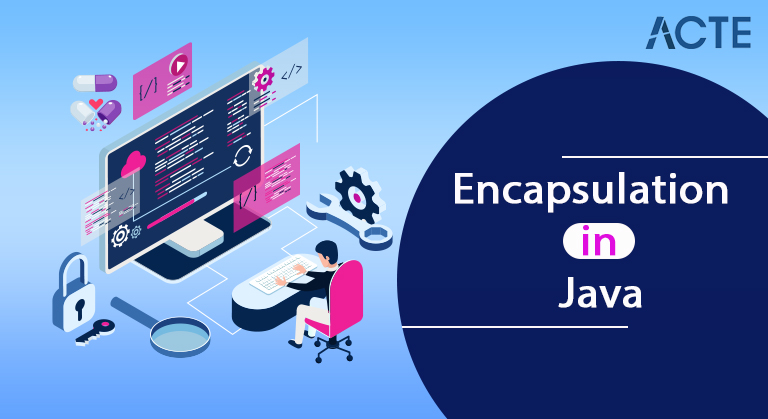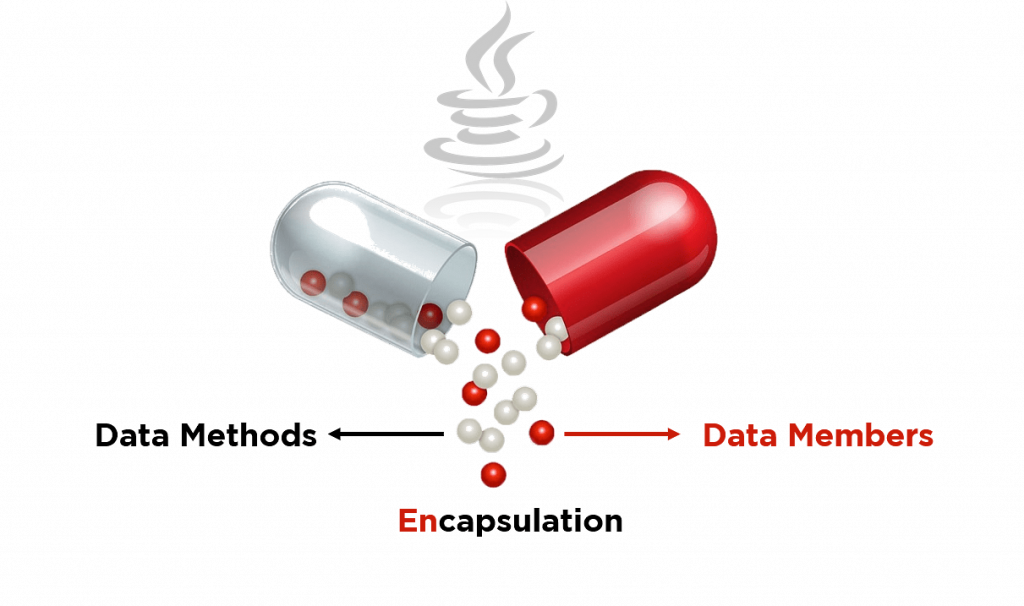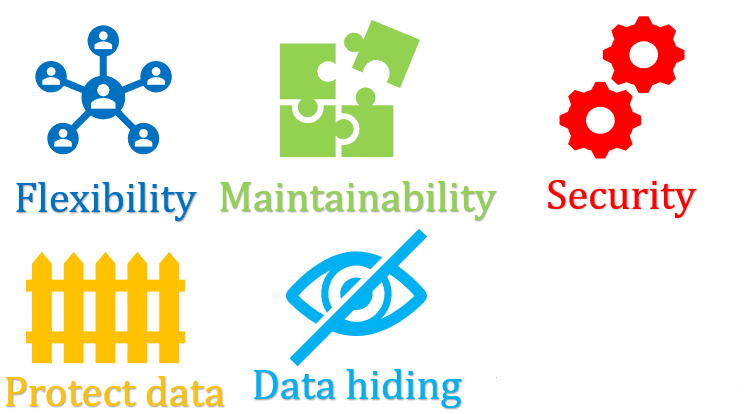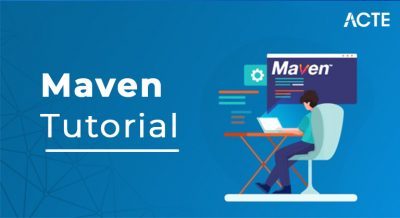
- Introduction
- What is the epitome
- Why Is Encapsulation utilized in Java?
- What is Encapsulation in OOP?
- What is the Encapsulation interaction?
- What is the last advance in information epitome?
- Encapsulation in Java
- Why Encapsulation?
- Java Encapsulation Example
- Why do we want Encapsulation in Java?
- Encapsulation: Read as it were
- The three sorts of epitome in OOP
- Advantage of Encapsulation
- The Advantage of Encapsulation in Java
- Disadvantage of Encapsulation in Java
- Key points to Remember
- Conclusion
- The entire thought behind epitome is to conceal the execution subtleties from clients. Assuming an information part is private implies it must be gotten to inside a similar class. No external class can get to the private information part (factor) of other classes.
- Anyway on the off chance that we arrange public getter and setter strategies to refresh (for instance void set SSL(int ssn))and read (for instance int get SSN()) the private information handles then the external class can get to those private information fields using public techniques.
- This way information must be gotten to by open techniques hence making the private fields and their execution concealed for outside classes. That is the reason exemplification is known as information stowing away. Let’s see a guide to comprehend this idea better.
- Epitome is one of the four central OOP ideas. The other three are legacy, polymorphism, and reflection.
- Exemplification in Java is an instrument of wrapping the information (factors) and code following up on the information (strategies) all together unit. In exemplification, the factors of a class will be stowed away from different classes and can be gotten to just through the strategies for their present class. Hence, it is otherwise called information stowing away.
- Proclaim the factors of a class as private.
- Give public setter and getter strategies to alter and see the values of the factors.
- Embodiment is characterized as the wrapping up of information under a solitary unit. It is the component that ties together code and the information it controls. One more method for contemplating embodiment is, it is a defensive safeguard that keeps the information from being gotten to by the code outside this safeguard.
- Actually, in exemplification, the factors or information of a class is stowed away from some other class and can be gotten to just through any part capacity of its class in which it is announced.
- As in exemplification, the information in a class is stowed away from different classes utilizing the information concealing idea which is accomplished by making the individuals or strategies for a class private, and the class is presented to the end-client or the world without giving any subtleties behind execution utilizing the reflection idea, so it is otherwise called a blend of information stowing away and deliberation.
- Epitome can be accomplished by Declaring every one of the factors in the class as private and composing public strategies in the class to set and get the upsides of factors
- In Java, epitome assists us in withholding related fields and techniques together, which makes our code cleaner and simple to peruse.
- The getter and setter techniques give read-just or compose just admittance to our group fields. For instance,
- getName()//gives read-just access
- setName()//gives compose just access
- It assists with decoupling parts of a framework. For instance, we can exemplify code into numerous packs.
- We can likewise accomplish information concealing utilizing embodiment. In the above model, on the off chance that we change the length and expansiveness variable into private, the admittance to these fields is limited.
- //Student_Id and name packaged in a unit “Understudy” => exemplification
- class Student {
- private int Student_Id;
- private String name;
- //getters, setters for Student_Id and name fields.
- public int getId() {
- return Student_Id;
- }
- public void setId(int s_id) {
- this.Student_Id = s_id;
- }
- public String getname() {
- bring name back;
- }
- public void setname(String s_name) {
- this.name = s_name;
- }
- }
- class Main{
- public static void main(String[] args) {
- //make an object of Student class
- Understudy s=new Student();
- //set fields values utilizing setter strategies
- s.setId (27);
- s.setname(“Tom Lee”);
- //print values utilizing getter strategies
- System.out.println(“Student Data:” + “\nStudent ID:” + s.getId()
- + ” Student Name:” + s.getname());l
- }
- }
- It controls the method of information openness
- Changes the code in light of the requirements
- Assists us with accomplishing a free couple
- Accomplishes straightforwardness of our application
- It additionally permits you to change the piece of the code without upsetting some other capacities or code present in the program Presently, we should consider a little model that represents the requirement for epitome.
- class Account {
- private int accountnumber = 4567890;
- public int getAccountNumber() {
- return accountnumber;
- }
- }
- public class Bank {
- public static void main(String[] args) {
- Account a = new Account();
- System.out.println(“Account number: ” + a.getAccountNumber());
- }
- }
- Output:
- Account number: 4567890
- Information Hiding: The client will have no clue about the internal execution of the class. It won’t be noticeable to the client how the class is putting away qualities in the factors. The client will just realize that we are passing the qualities to a setter strategy and factors are getting instated with that worth.
- Expanded Flexibility: We can make the factors of the class readjust or compose just relying upon our prerequisite. If we wish to make the factors read-just, we need to discard the setter techniques like setName(), setAge(), and so on from the above program or then again if we wish to make the factors as composed just, we need to overlook the get strategies like getName(), get(), and so forth from the above program
- Reusability: Encapsulation additionally works on the re-convenience and is not difficult to change with new necessities.
- Testing code is simple: Encapsulated code is not difficult to test for unit testing.
Introduction:-
Embodiment is one of the vital highlights of item situated programming. Epitome alludes to the packaging of fields and techniques inside a solitary class. It keeps external classes from getting to and changing fields and strategies for a class. This additionally assists with accomplishing information stowing away.
What is the epitome?
To accomplish exemplification in Java −

Why Is Encapsulation utilized in Java?
Encapsulation in Java is generally helpful to conceal the information. Or then again as such, to choose about the entrance given to information with regards to who can get to it, and who can’t.
What is Encapsulation in OOP?
Encapsulation is one of the significant mainstays of Object-arranged programming language and it manages the packaging of information and techniques working on that information into a solitary unit. For instance, a class in Java is a typified structure. Epitome likewise manages choices in regards to giving admittance to information.
What is the Encapsulation interaction?
Encapsulation is a course of getting information from one configuration or convention (in systems administration terms) and making an interpretation of or reformatting it into another arrangement or convention with the goal that the information is available across the applications or network and simultaneously it is secured.
What is the last advance in information epitome?
The last advance in the embodiment is changing the client data into identical information. Then, at that point, this information is changed into fragments that are additionally changed into information parcels. Information parcels are put into a legitimate edge that can be moved back and forth in the product climate
Encapsulation in Java:
Why Encapsulation?
Java Encapsulation Example:
Yield:
In the above program, we announce a class that is the epitome unit. This class Student has packaged the information (Student_Id and name) and the techniques to peruse and set qualities for these individuals into a solitary unit.
Note the entrance modifiers related to the part fields. Both the part fields are private so they are not available external the Student class. We give getters (getId and get a name) to peruse the upsides of these fields and setter strategies (setId and username) to set qualities for these techniques. This is the main access they have and that additionally should be finished utilizing the Student class object.
n the above program, we pronounce a class which is the embodiment unit. This class Student has packaged the information (Student_Id and name) and the techniques to peruse and set qualities for these individuals into a solitary unit.
Note the entrance modifiers related to the part fields. Both the part fields are private so they are not open external the Student class. We give getters (getId and get a name) to peruse the upsides of these fields and setter strategies (setId and username) to set qualities for these techniques. This is the main access they have and that likewise should be finished utilizing the Student class object.
Why do we want Encapsulation in Java?
Epitome is fundamental in Java because:
Encapsulation: Read as it were:
As we found in the advantages of embodiment in java, we can utilize just the getter strategies to peruse the upsides of the private factors. For this situation, we can’t set the qualities according to our prerequisites, since we have not composed any setter strategies. In the underneath read-just epitome class model, we can peruse the variable worth and we can’t set it. We have composed just get account number strategy to peruse the record number worth.
Code:
The three sorts of epitome in OOP:
Member Variable Encapsulation:
In Object-Oriented Programming, all information individuals ought to be announced as Private individuals from the Class. Any item wishing to change/recover the worth of an information part should utilize Setters or Getter’s capacities. You in all probability know this as Data Member Encapsulation. Here is an illustration of setters and getters proclaimed in a Class.Be that as it may, information part embodiment isn’t the best way to typify information. You can likewise embody Functions and Classes.
Function Encapsulation:
Capacities utilized uniquely for the inside execution of your API should be pronounced Private all the time. For instance, the accompanying class addresses a Circle.We have a setter strategy that changes the Diameter of a circle. This technique should be unveiled since the client will give this information. Be that as it may, the strategy CalculateCircumference() ought not to be pronounced Public. The client ought not to approach this strategy, and it ought to be announced as a Private technique. Keep in mind, consistently conceal any capacity that shouldn’t be public.
Class Encapsulation:
A similar rationale applies to classes utilized for interior executions of your API. These classes ought not to be important for any open connection point of an API. They ought to be stowed away from your clients and made Private. For instance, your API might have a class that sets a specific inclination tone to a circle contingent upon its position. On the off chance that your client needn’t bother with admittance to this Gradient class, you ought to embody it, all in all, you ought to announce it as a Private class as displayed beneath. In synopsis, Object Programming gives three distinct ways of exemplifying information. You can epitomize information individuals, techniques, and classes. Trust this was useful.
Advantage of Encapsulation:
The Advantage of Encapsulation in Java:
There are the following benefits of exemplification in Java. They are as per the following:
1. The embodied code is more adaptable and simpler to change with new prerequisites.
2. It forestalls different classes to get to the private fields.
3. Epitome permits altering executed code without figuring out other code that has carried out the code.
4. It guards the information and codes against outside legacy. In this manner, Encapsulation assists with accomplishing security.
5. It works on the viability of the application.
6. If you don’t characterize the setter strategy in the class then the fields can be made perused as they were.
7. On the off chance that you don’t characterize the getter technique in the class then the fields can be made composed as they were

Disadvantage of Encapsulation in Java:
The fundamental weakness of exemplification in Java is it expands the length of the code and eases back closure execution
Information Hiding in Java:
Information stowing away in Java is a significant rule of article situated programming framework (OOPs). It forestalls to get to information individuals (factors) straightforwardly from outside the class so we can accomplish security on the information. This oh no element is called information stowing away in Java.
An external individual couldn’t get to our inner information straightforwardly or our interior information ought not to go out straightforwardly. After approval or confirmation, the external individual can get to our inward information.For instance, after giving an appropriate username and secret phrase, you can ready to get to your Gmail inbox data.
Key points to Remember:
1. Embodiment is one of the four standards of OOPs ideas and the other three are Abstraction, Inheritance, and Polymorphism.
2. Uh oh ideas in the Java program are executed through four standards. They are:
a. Embodiment (safeguarding information of a class from being gotten to by individuals from another class).
b. Reflection (Hiding information of class from different classes)
c. Legacy (Using code written in a class inside different classes)
d. Polymorphism (Using different techniques with a similar name)
Conclusion:
This finishes up our instructional exercise on Encapsulation in Java. Exemplification is a procedure of packaging up of part factors and the techniques working on these information individuals into a solitary unit. A class in Java is an exemplary illustration of exemplification as it wraps the information and techniques into a solitary unit. Java accomplishes embodiment execution by making every one of the information individuals private and afterward giving getter and public setter strategies so we can peruse the upsides of the private factors and set new qualities for these factors.





